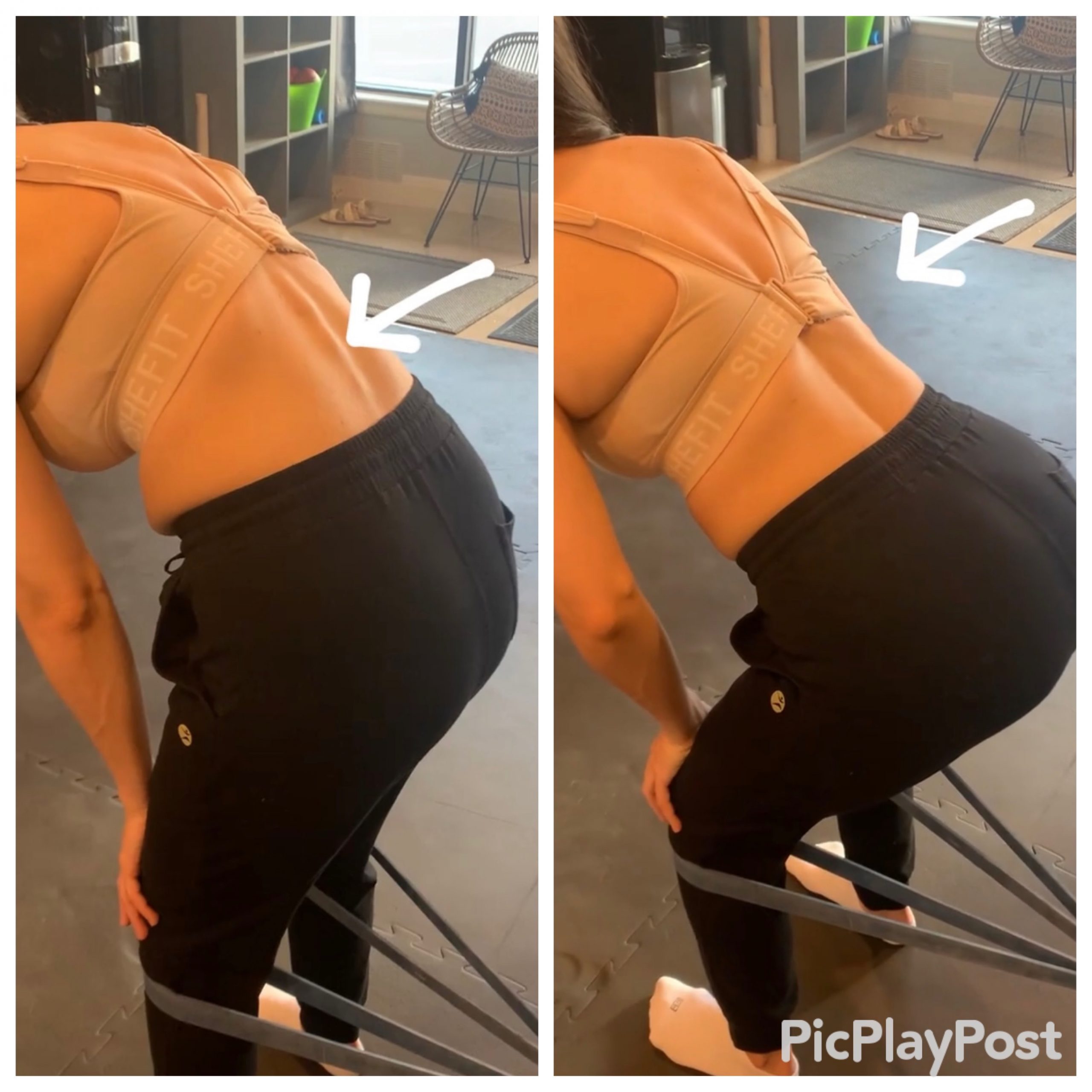Pain isn’t something to accept with age or with injuries that weren’t properly rehabbed. Pain is your body telling you that something is wrong and ignoring this warning only compounds the problem as times goes on.
Pain will start interfering with your daily life more and more. It can impact your sleep, energy, strength, and function. And when these aspects become affected, other aspects of wellbeing become worse as well.
We’re not the typical “no pain, no gain” kind of gym. Our team works one on one with you to battle against muscle dysfunctions that are causing your pain in the first place. In other words we work to get to the root of your problem, rather than working around it.
What happens when the real world demands more of your body and you can’t “work around it?” Pain and injury manifest! So avoiding a certain function during an exercise because your PT or trainer told you to because it hurts when you do it, is not fixing the root of the problem.
Physical pain stems from the body being out of homeostasis and chaos ensues when your body starts compensating to make up from lack of balance. Muscles start working the wrong way when you move, and when the muscles start malfunctioning they contract at the wrong time, or use the wrong muscle to move your body around the pain or issue that you’re dealing with. These compensations compound over time and lead to pain expanding to other areas of the body or worse, eventually cause an injury.
Think about it, when your ankle starts to hurt, eventually your knee and hip might start to hurt too. The body is an interconnected web of muscle, and that muscle supports your bone alignment and the integrity of your joints. When one muscle is not functioning properly, it’s going to impact other muscles normal function- which has a direct correlation to how well your muscles provide strength, stability, and support for your body.
When you’re dealing with pain in a particular joint or region of the body, that might not be the source of the pain, but rather a symptom from a malfunction elsewhere in the body. If you (or your trainer) look far enough and evaluate deep enough to determine what is the cause of the pain, then you can formulate a game plan and create exercises tailored to your needs, to start fixing the underlying issue.
In other words you don’t have to live with the pain. You can stop compensating around a pain and prevent a new pain from occurring because you’ve been compensating. You can reprogram new function to support your body to eliminate the pain and restore balance.
Remember, pain is not normal. It’s not something to live with, wake up with, or work around, it’s something that has a source and cause. Once we figure out that source, we can engineer a training program to treat the cause, rather than the symptoms. That’s what we do at this gym. (Then once your body is healed from its pain, we start training your muscles how to exercise to keep the pain away for the long term).
We do things differently at this gym, call us to find out more about our approach!
210-947-4597
safunctionalfitness.com








